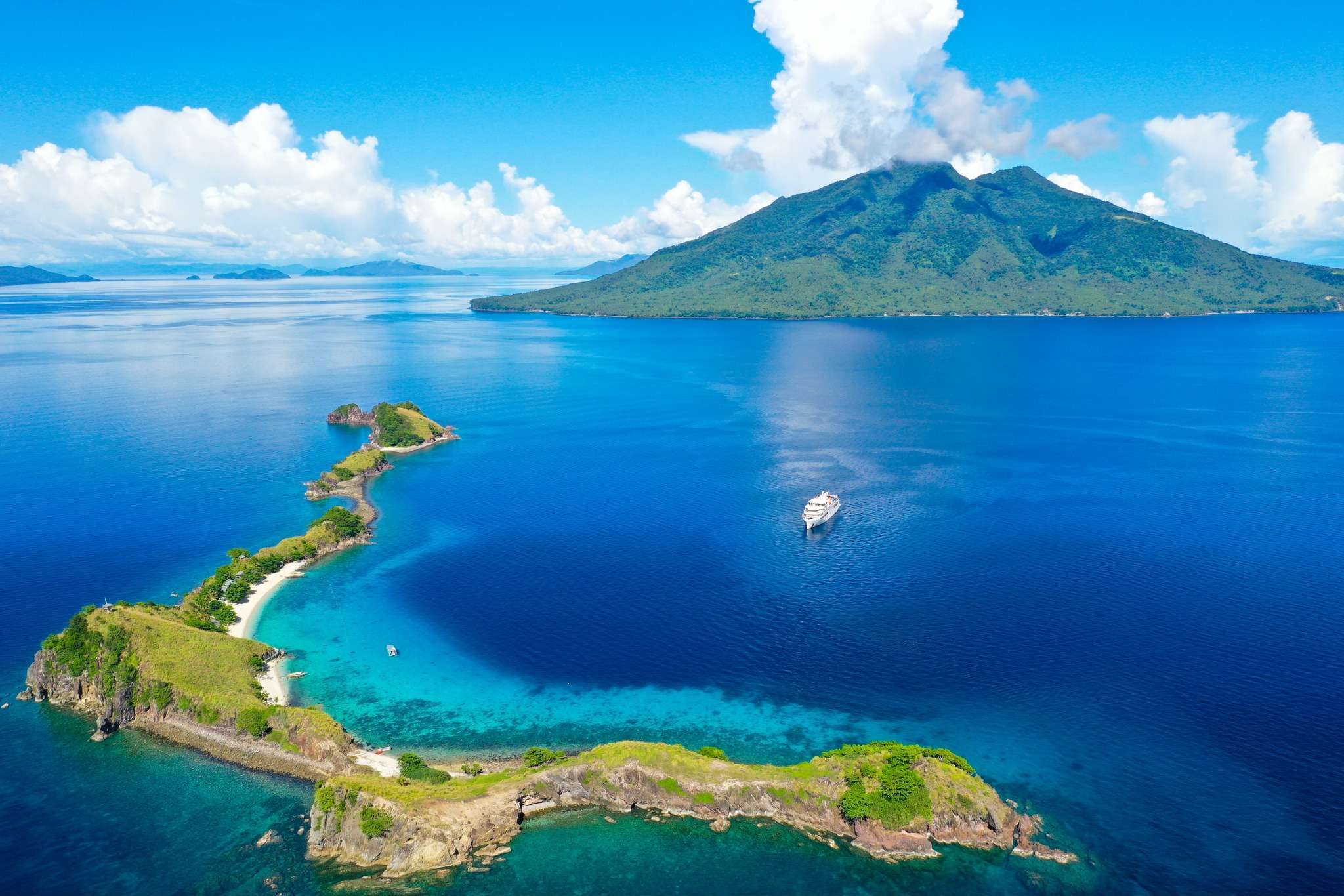

Biliran, officially the Province of Biliran, is an island province in the Philippines located in the Eastern Visayas region (Region VIII). Biliran is one of the country's smallest and newest provinces. Formerly a sub-province of Leyte, it became an independent province in 1992.
Biliran lies less than a kilometer north of the island of Leyte. A bridge-causeway fixed link over Poro Island in the gateway town of Biliran connects the province to Leyte. Its capital is the municipality of Naval on the western coast of the island.
Biliran has a total land area of 536.01 square kilometres (206.95 sq mi), making it the fourth smallest province in the Philippines. The island lies off the northern coast of Leyte island across Biliran Strait. To the southeast is Carigara Bay, to the northeast is the Samar Sea, and across this sea is Samar. To the west is the Visayan Sea and Masbate lies 30 kilometres (19 mi) to the northwest. The province is composed of two major volcanic islands: the main island also named Biliran and Maripipi, a smaller island to the northwest. Other smaller islands include Higatangan and Dalutan.
During the early Spanish era, what is now called Biliran was known as Isla de Panamao. The present name, believed to be adopted sometime between the late 17th century and the early 18th century, was, according to many publications, derived from a native grass called borobiliran which once grew abundantly on the island's plains. A contending theory states that the name came from the word bilir, which was defined in an old Visayan dictionary to be the “corner or edge of a boat, vase or anything protruding, like veins, or the furrow made by the plow.” The dictionary also gives biliran as an alternate spelling for bilir. This theory is supported by the fact that Biliran was site of the first large-scale shipyard, built in the 17th century. Galleons were built to support the Galleon trade between Manila and Acapulco in Mexico.
The first town, named Biliran, was founded in 1712 after petitioning for a municipality and parish status. During this time, the island was a part of Cebu Province. Biliran, together with the islands of Samar and Leyte, were constituted into a separate province in 1735. Later when Samar and Leyte were split into two provinces in 1768, Biliran became part of Leyte Province as its sub-province. The first parish priest was assigned in 1765, but its parish status was apparently withdrawn because of Padre Gaspar's apostasy. The parish was re-established on February 22, 1782.
In May 1735, representative inhabitants of Leyte petitioned Governor General Fernando Valdes y Tamon to allow them to resettle Biliran Island. They claimed it had been abandoned for the past 50 years and was presently inhabited by bagamundos (vagabonds) due to the frequent Moro raids.
On May 26, 1754, Moros destroyed Biliran and the town of Catbalogan in Samar. Panamao was reportedly razed to the ground and only the gobernadorcillo (mayor) of Biliran town escaped capture by the raiders. The old settlements of Caybiran, Mapuyo and Maripipi were also destroyed by the Moros.
The Moros staged their attack by marching inland along the Anas River for a distance of 1.5-2 leguas (leagues). Having covered part of the interior around a mountain, they managed to capture the inhabitants, with the exception of the gobernadorcillo who escaped. The houses and property of the natives were burned or destroyed. The church building suffered the same fate and its valuables were taken away by the raiders.
When the Moro raiders were neutralized in the early 19th century, the local inhabitants went into the business of organizing new towns (then called "pueblos") in the present geography of Biliran Province.
In 1828, Caibiran on the east became an independent municipality and parish, the second to be created in Biliran Island.
Naval became the third town, carved out of the territory of Biliran town. It first became a separate parish in 1860. The Spanish colonial government officially recognized its municipality status on September 23, 1869, following the petition submitted around 1861.
Almeria became a separate town in 1886 and was named after the City of Almería in Spain.
Maripipi used to be a barrio of Naval. It was officially inaugurated as a town in 1867, two years ahead of its mother town, then folded up and was reduced into a barrio of Almeria, and then became a town again in 1899. Maripipi and the new towns of San Clemente (later Kawayan), Culaba and Esperanza (later Cabucgayan) were created around 1899 by the revolutionary government under Pres. Emilio Aguinaldo.
During the World War II, Biliran had its own guerrilla forces under the Leyte command of Colonel Ruperto Kangleon. The guerrilla operation was of invaluable assistance to the successful landing of the American liberation forces at Palo, Leyte, on October 20, 1944, just before the Battle of Leyte Gulf.
In 1945, Biliran was liberated by the Philippine Commonwealth forces of the 9th Infantry Division of the Philippine Commonwealth Army who landed in Biliran. Aided by the local guerrilla forces, they attacked the Japanese troops on the island during the Battle of Biliran during World War II.
On April 8, 1959, Republic Act No. 2141 was signed into law effectively making Biliran a sub-province of Leyte. The island became an independent province on May 11, 1992, through Republic Act No. 7160, making it one of the newest provinces in the country.